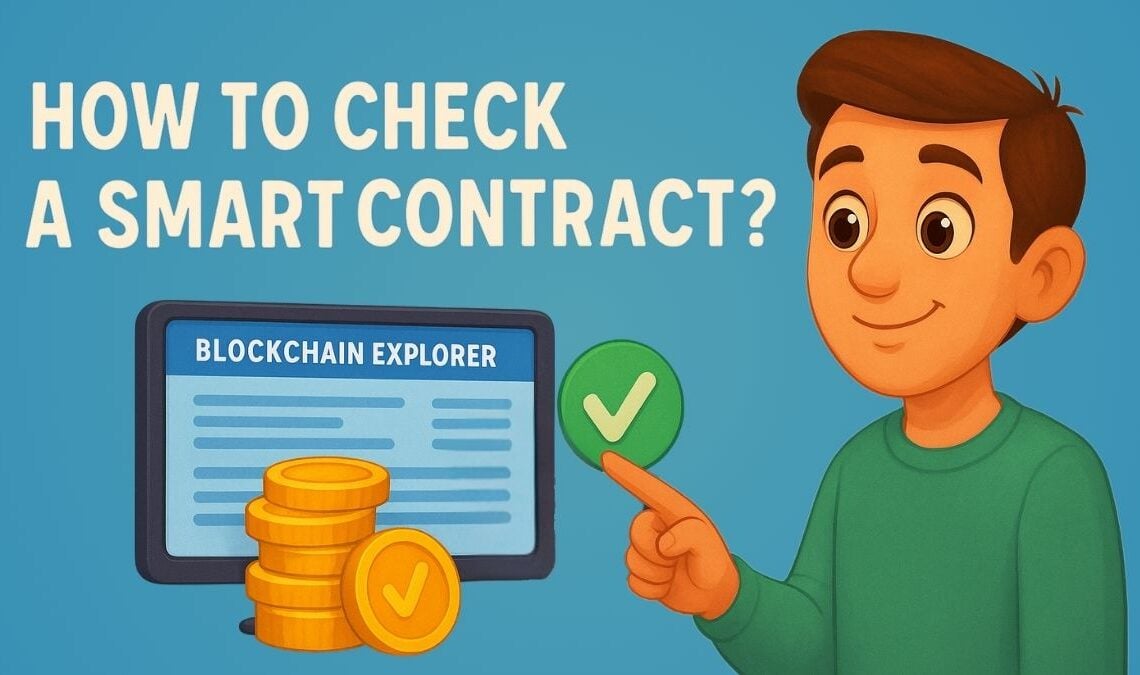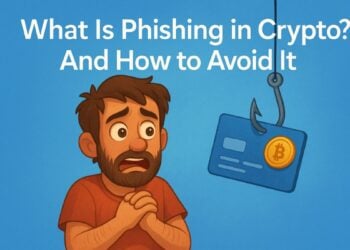Table of Contents
ToggleHow to Check if a Smart Contract Is Safe Before You Interact
Smart contracts power much of today’s blockchain ecosystem — from DeFi lending platforms to NFT marketplaces. But while they enable trustless and automated transactions, they can also carry hidden risks. Bugs, malicious code, and backdoor functions have cost investors billions.
Knowing how to check if a smart contract is safe before interacting with it is one of the most important skills you can develop as a crypto user. Once you sign a transaction, there’s no going back — so caution upfront is essential.
Why Smart Contract Safety Matters
Smart contracts are immutable once deployed on-chain, meaning any vulnerabilities or malicious functions in the code can be exploited indefinitely. A single flawed function can lock, drain, or steal your funds.
Recent reports estimate that DeFi hacks and exploits caused billions of dollars in losses in the past two years alone. Many of these incidents could have been prevented with better contract due diligence. Whether you’re connecting your wallet to a new dApp or approving a token swap, verifying contract safety should be standard practice.
Step-by-Step Safety Checklist
1. Verify the Contract Address and Source Code
Always start with the official contract address. Find it through the project’s verified website or trusted social channels — never from random messages or ads.
Use a blockchain explorer (like Etherscan or BscScan) to:
- Confirm the contract is verified (source code is publicly viewable).
- Review the code if you have the skills, or at least check for comments and community flags.
- Make sure the token name and details match the official ones.
2. Look for Audit Reports or Third-Party Reviews
Reputable projects often publish security audits from trusted firms like CertiK, Trail of Bits, or OpenZeppelin. An audit doesn’t guarantee safety, but it greatly reduces risk.
Read the audit report yourself, focusing on whether identified issues were resolved. Be cautious of fake audit badges — verify reports directly on the auditor’s official site.
3. Review Recent Contract Activity
On the block explorer, look at recent transactions. Warning signs include:
- Transfer functions suddenly failing or being disabled.
- Large token dumps by a few wallets.
- Unusual contract interactions or unexplained spikes in gas fees.
These can indicate a honeypot (where you can buy but not sell) or a contract under attack.
4. Scan the Code for Common Risks
Even if you’re not a developer, tools can help. Services like Slither, MythX, or SCSVS checklists scan contracts for vulnerabilities like:
- Reentrancy attacks
- Unchecked external calls
- Integer overflows/underflows
- Hardcoded admin privileges
If the contract fails multiple checks, think twice before proceeding.
5. Test in a Safe Environment
If you’re dealing with a large amount of funds, consider:
- Testing interactions on a testnet version of the contract.
- Using a forked mainnet environment to simulate the transaction.
- Starting with a very small transaction to verify expected behavior.
Quick Reference Table
| What to Check | Why It Matters |
| Verified code on block explorer | Confirms transparency and allows public review |
| Audit report available | Shows independent review of potential vulnerabilities |
| Recent transaction activity | Detects suspicious behavior or contract changes |
| Static vulnerability scan | Identifies common bugs before interaction |
| Testnet/fork testing | Minimizes real fund exposure before full use |
Final Thoughts
Learning how to check if a smart contract is safe is your first line of defense against costly mistakes. No method is foolproof, but a structured approach can significantly reduce your risk.
Always verify the contract address, look for reputable audits, review recent activity, use scanning tools, and start with low-value transactions. In the blockchain world, you are your own bank — and security is your responsibility.








